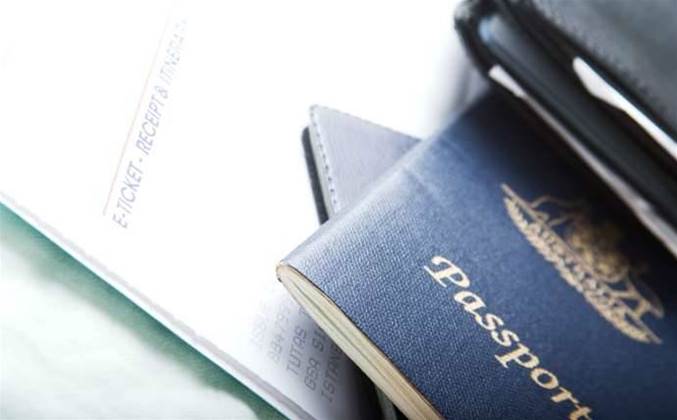The Department of Foreign Affairs and Trade is actively working towards making digital passports a reality, but says there's still some way to go before a biometric-led credential becomes a feasible option.

But the challenges aren't insurmountable, according to DFAT’s Michael Lynch, who spoke at the Biometrics Institute’s Asia-Pacific Conference in Sydney this week.
Lynch forecast an opt-in digital passport could arrive in the "near future".
“In Australia it might not be that far away, and I think this because we are actively pursuing it both domestically and internationally,” he said.
At its core, a successful border crossing requires a passenger to front up to a border clearance official (or a machine equivalent) with a trusted form of ID, for the official to verify that they are the individual in the document and that the document itself is genuine.
Airports generally know who to expect passing through their corridors day-to-day thanks to passenger manifests and advance passenger data handed over by the airlines.
From a purely domestic perspective, Lynch said, the concept is easy.
“For this there is an obvious choice to take a database approach rather than a digital credential,” he said.
Australian border crossings already have access to the national passport database, including its names and facial images. Border agencies could simply pull advance passenger data and check that the passengers it expects to arrive are the same ones passing through the facial recognition-enabled smartgates.
Expanding this to an international capability is where it gets tricky, according to Lynch, with current passport documents equipped to be read and checked anywhere “from a straw hut in the middle of nowhere to the most advanced automated border control gates".
Bodies like the International Organisation for Standardisation (ISO) have already begun the process of negotiating a global agreement amongst nations for a minimum standard digital travel credential.
The other obstacle, Lynch said, is delivering border control sites with the data they need on arriving passengers to check against, without compromising the privacy of sensitive national passport databases.
“I think it is unlikely that states would be prepared to share their entire passport database with other states,” he said.
He forecasted an opt-in system where travellers are invited to activate a digital passport by giving permission for their passenger data to be shared with their nation of arrival.
“You could easily imagine a government traveller app that includes the means to activate your digital passport, but also could link you to consular travel advice, customs information, arrival and departure declarations and so on," Lynch said.
“For non-nationals this could be an option during their visa or ETA application.”
There is also the option of setting up bilateral agreements that allow passengers to pass through borders in the region with a digital credential, Lynch said.
Face matching
However, the passport office also needs to prove it can run "one-to-many" facial recognition in a manner that is quick enough and accurate enough for a border crossing before it proceeds any further with this digital vision.
The Australian government has already mastered one-to-one facial matching, through smartgates that decide whether or not you are the person depicted on your passport.
Lynch said the Department of Immigration and Border Protection was currently running lab tests to prove it can successfully match faces to any one of the potentially thousands of people due to arrive in an airport on a given day. He estimated 7500 people land at Sydney airport on an average Sunday morning.
The result of this testing will give the digital passport work the critical green light to go forward.
“If we’re considering a situation where your face is your passport, the [facial recognition] system has to accurately recognise the passenger to the exclusion of all other people in the matching gallery,” he said.



_(20).jpg&h=140&w=231&c=1&s=0)
_(22).jpg&h=140&w=231&c=1&s=0)




_(26).jpg&w=100&c=1&s=0)

 iTnews Executive Retreat - Security Leaders Edition
iTnews Executive Retreat - Security Leaders Edition












_(1).jpg&h=140&w=231&c=1&s=0)



